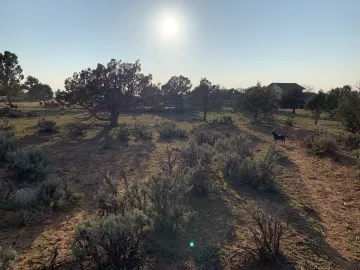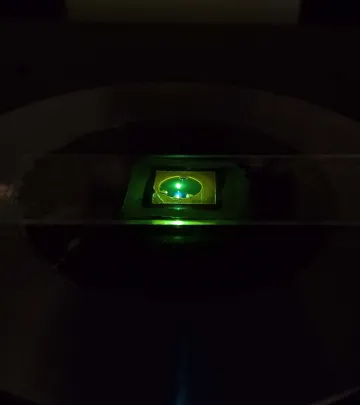National Native American Heritage Month: Micah Mann

In celebration of National Native American Heritage Month, November, we recognize Wyant College alumnus and current PhD student, Micah Mann (BS 2020 & MS 2022).
Please tell us who you are in less than 20 words.
A Dine (Navajo) student in optical design with ambitions to become another beacon for Indigenous Peoples.
What and/or who influenced your academic and career choice to be optics?

In my first geometrical optics lab session, I held a bi-convex lens underneath a magnifying glass. This was the first time I was fascinated with optics. I got to hold a very clear piece of glass with polished sides, and I saw the size, shape, and colors of the image change as I moved the lens around. At the time this was something I had never seen before. The nature I knew was sunsets on the Navajo reservation, watching sheep graze from an overlook, and playing with sticks and dirt. Seeing the nature of light in my hand felt like I wandered into a room and opened a new world. The more optics I learned, the cooler the nature. Each new project was another unique way of controlling and analyzing light.
Please tell us about your career path, including your position today?
My research career started in the summer of 2017 when my mentor sent me an email regarding a program called Integrated Optics for Undergraduate Native Americans (IOU-NA). It was a 10-week summer research experience for undergraduates to intern in a UA optics lab. That summer I got to work with a light blue laser and a confocal microscope; it is also where I first learned about polarization. The following summer I did the same program but this time in the 3D holography lab, here I got to practice my ability to create an optical system using off the shelf components. I got to do a lot of hands-on lab work in this lab, this lab gave me a place to discuss optics with colleagues which I highlight in the next question.

Fluorescence emission in Micah's lab
In December of 2019 I accepted a year-round intern position at the National Solar Tower Test Facility within Sandia National Labs. This position was in solar optics and concentrating solar power. The goal was to measure the alignment of large 6 m x 6 m multi-faceted mirrors called heliostats. Shortly after starting, the COVID-19 pandemic began and my role shifted to optical raytracing, and data processing in python. After 2 years I left Sandia and focused on finishing my master’s program. My master’s report focuses on the correction of astigmatism in heliostats through an open-source raytracing program, I was given my degree in August 2022.
I just started the PhD program, and I am excited to explore a new topic. I’d like to study polarization more, I have always been fascinated with polarization because it is not something you can see at first glance.
During your time at OSC as a student, what resource(s) did you most appreciate? What would you have wished to be available at that time?
A big resource for me are the field guides, if I want to know more about a specific topic the quick summaries with helpful equations are a good start. Being in a lab was a great resource because I got to learn how to handle and align optics from experienced graduate students. And I was able to have useful discussions about optics problems during my lab time. Lastly, my friends were very smart and I could go to them with questions.
What advice would you offer current optics students and early-career professionals?
I am still learning from my mentors. They navigated the path for me and have worked hard to ensure my success. My advice to a young Indigenous student thinking about optics is to expand on that interest, studying optics has opened many opportunities for me.
A special thank you to Micah Mann for providing the included images as well as his perspective and experience for this article.
